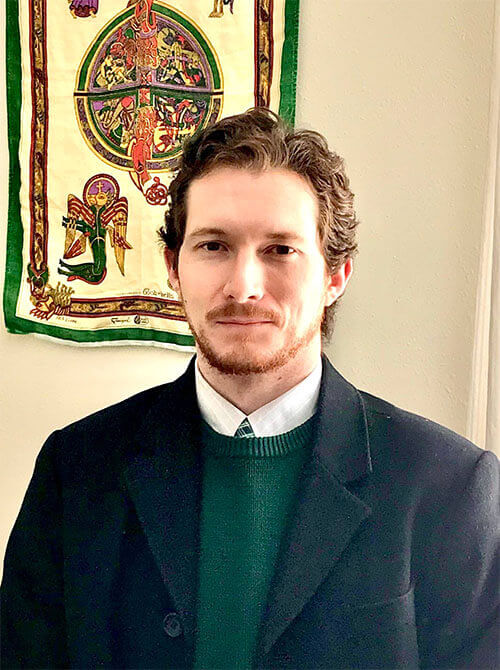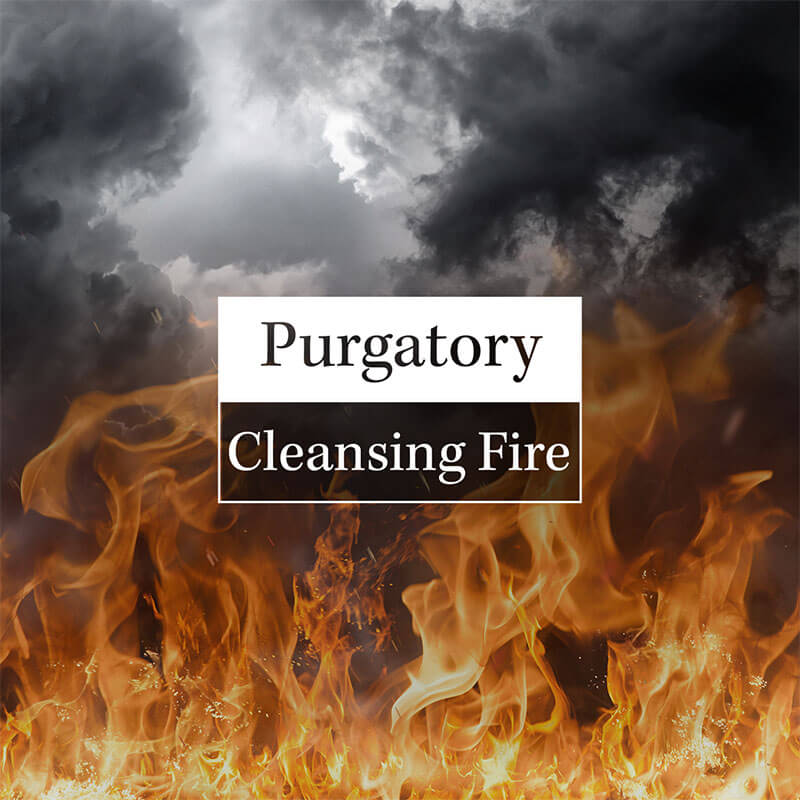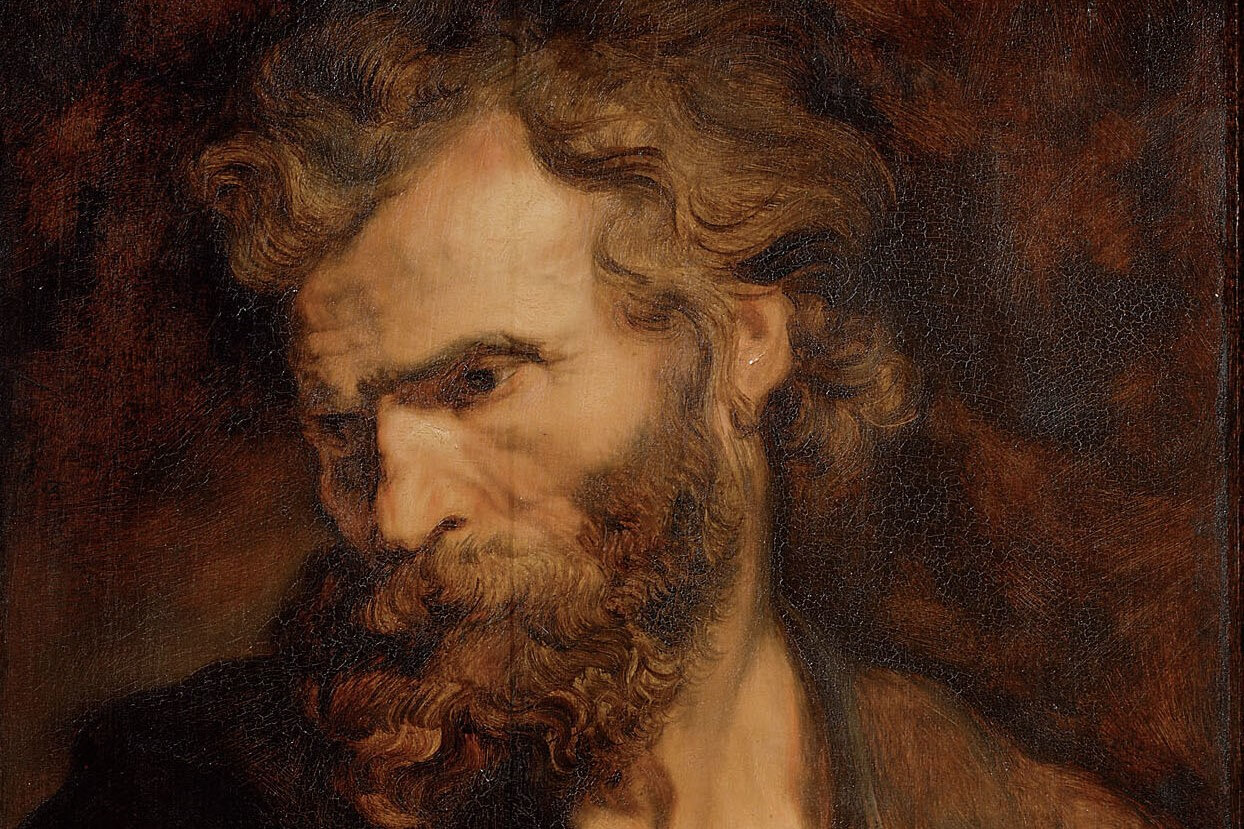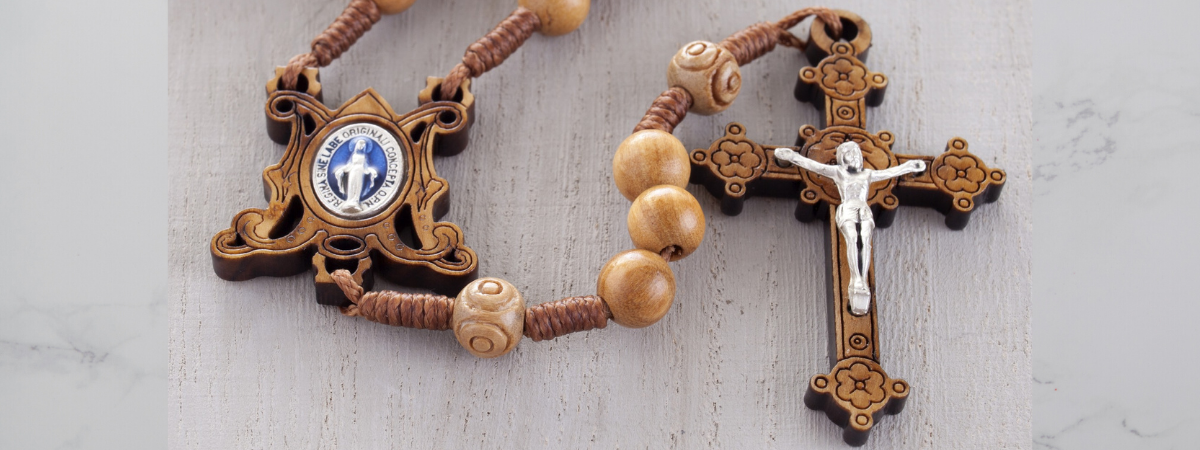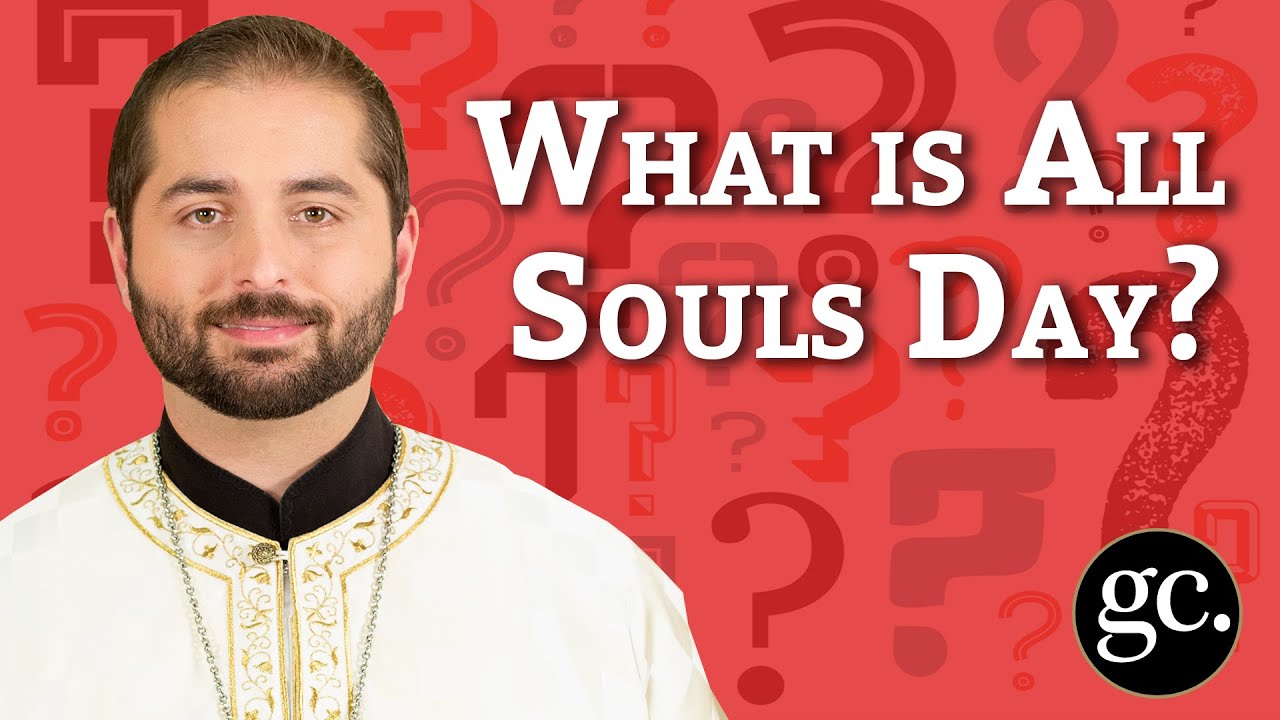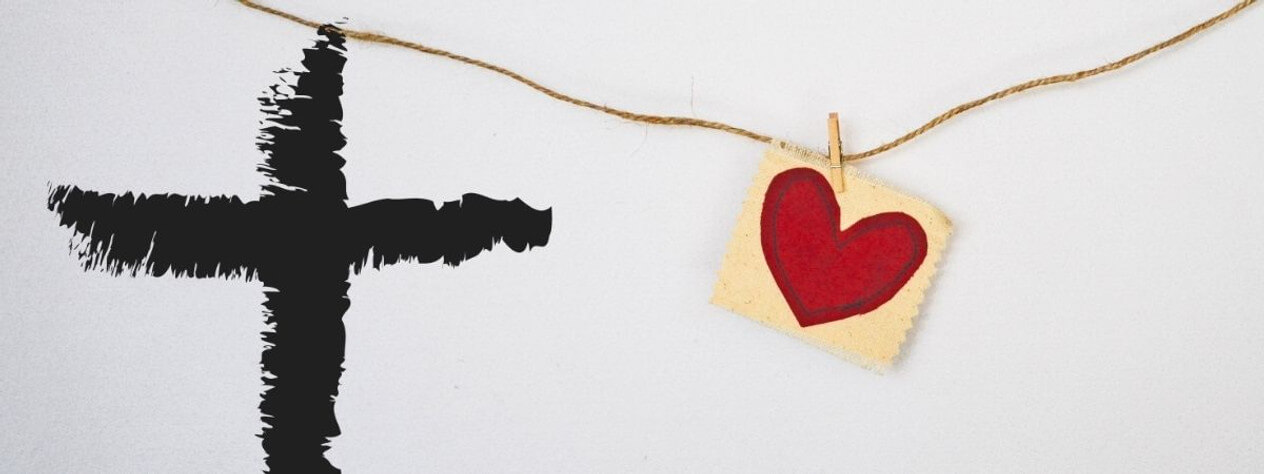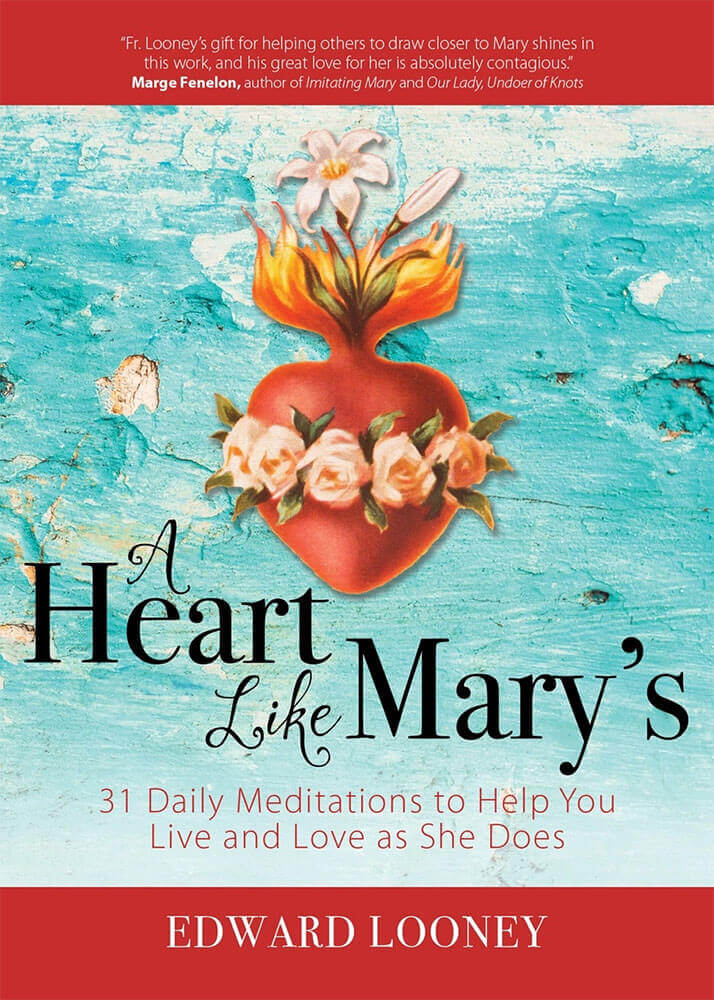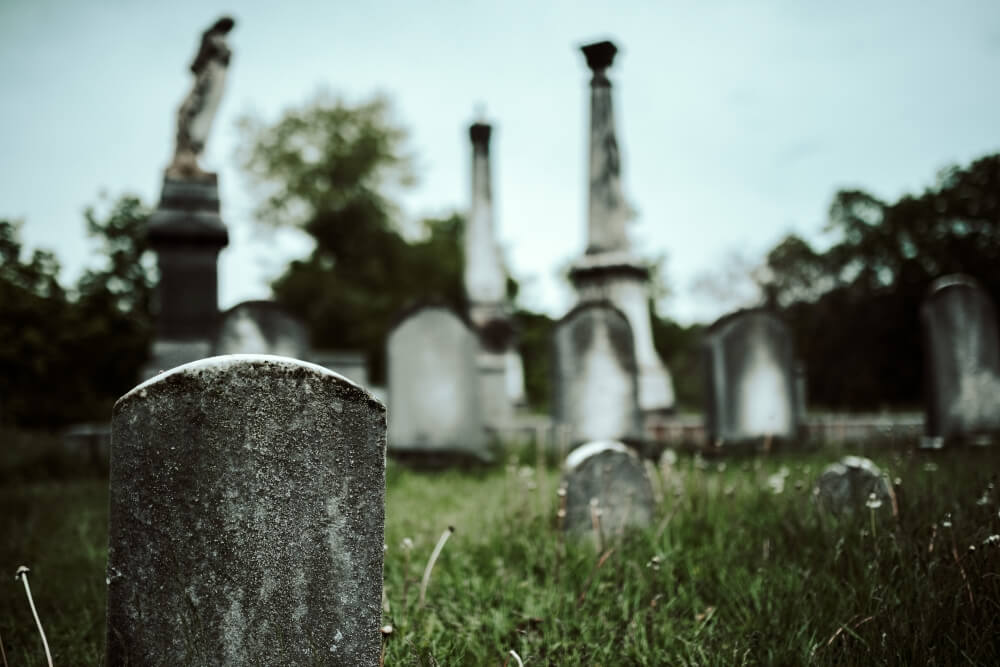
The season of Halloween is the most misunderstood event of the year. Within the past century alone, Catholics have held increasingly opposing opinions on the occasion. Some pious souls condemn any observance of the day, citing pagan roots and heathen influences, while others sanction the celebration, claiming it to be a Christian institution and Catholic feast.
It is certainly the latter, though the modern abuses of Halloween have nothing to do with its traditional observance (see GC’s popular article A Good Catholic’s Guide to Halloween for more on the misconceptions surrounding it).
All Hallows’ Eve is not a lone holiday, but in fact is the first installment of a tripartite event: the forgotten Catholic festivals of the afterlife. While the origins and history of this autumnal affair are certainly fascinating, it is best not to stop short at an examination of its roots, but to also acknowledge the harvest it produces. Consequently, a closer look is warranted to shed light on the indispensable function that Halloween serves within our Faith as well as the profound meaning that it provides to our daily lives.
The Three Parts of Allhallowtide
The liturgical year mirrors the natural one: both shift their focus by seasons, from life and growth to death and mortality. Halloween functions as the gateway to the days where we remember the dead, and there is a good reason why. Even Halloween’s more ancient title, All Hallows’ Eve, indicates that it is a harbinger of what is to come, both in this life and the next.
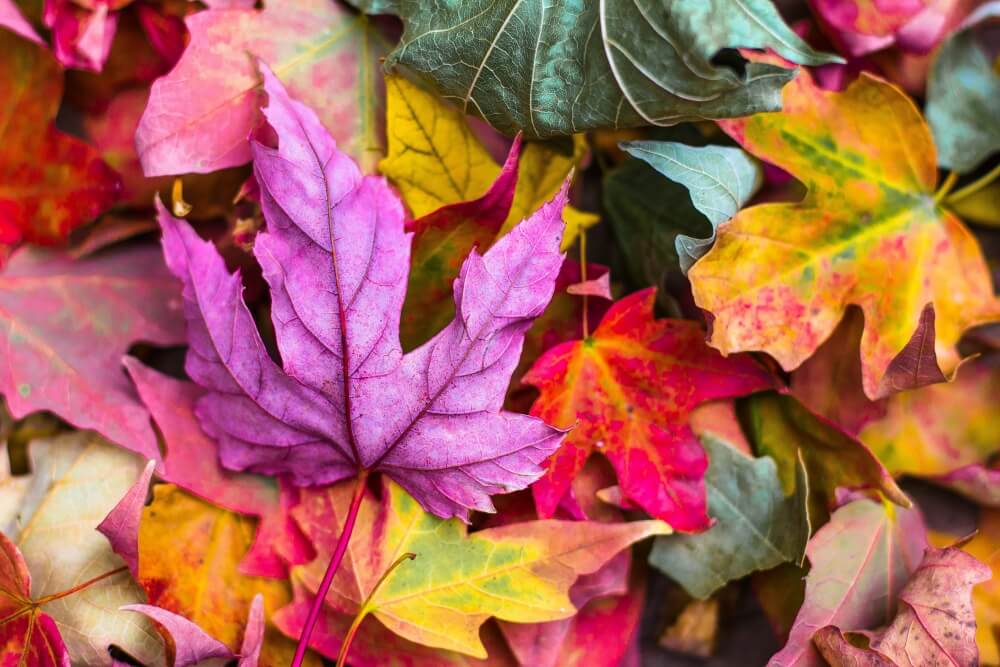
The following morning: All Hallows’ Day, or the feast of every holy one, that is, the angels and saints in heaven, is commemorated as a day of such importance that it was granted a vigil, or eve, by the Church. This compelling evening was a time of anticipation, an occasion of rejoicing and prayer. Moreover, it was a night to be watchful in preparation for the great celebration that dawn would bring. Thus sprang Halloween.
The day after All Saints, however, is marked by somber solemnity, and is known as the Commemoration of All Souls. Here, the faithful turn their thoughts to those who have died.
At first glance, these three days might appear to be little more than morbid conviviality, but their significance extends beyond a superficial fascination with death. They offer momentous insight into the Mystical Body of Christ. Together, the threesome are called Allhallowtide, the time of all the holy souls, which is ultimately a celebration of the Communion of Saints.
How Allhallowtide Mirrors the Communion of Saints
The Catholic Faith teaches that the Communion of Saints is divided into three categories: The Church Militant, the Church Triumphant, and the Church Suffering. Amazingly, these categories of the Church’s members correspond with the days of Allhallowtide.
The first level, the Church Militant, refers to the Christian faithful still living on earth, striving for salvation, fighting the good fight. The Eve of All Hallows matches well with this particular aspect, as it too emphasizes vigilance, spiritual combat in prayer, and the importance of living our lives for God.
The second tier, the Church Triumphant, deals with the blessed in heaven. The entire point of All Saints’ Day is to celebrate those who have won eternity with God. It sets a lofty standard for the faithful on earth to aspire to and calls for a time of rejoicing.
Finally, the Church Suffering is made up of the souls in purgatory. They are the ones who have departed this life, are making amends for their shortcomings, but will one day be granted entry into paradise. All Souls’ Day clearly corresponds with this branch of the Church and is a particular occasion to offer prayers, sacrifices, and good works on behalf of the poor souls to help speed them on their way to God.
Viewing Allhallowtide Through the Lens of the Four Last Things
Additionally, there is yet another facet of the Faith that lends new meaning to the days of Allhallowtide. The Four Last Things—death, judgment, heaven, and hell—are integral to the three-day event, ensuring that the triduum won’t remain simply as an occasion of remembrance, but something that unravels part of the mysteries of life and what lies beyond the grave.
Clearly death is the theme that encompasses all three feasts, giving them each a common link, but allowing them to focus on separate elements of mortality. As such, the ancient Latin epitaph memento mori—“remember your death”—has been commonly used by great minds both within and without the Church to describe this philosophy. It hearkens to the inevitability that we all will one day die.
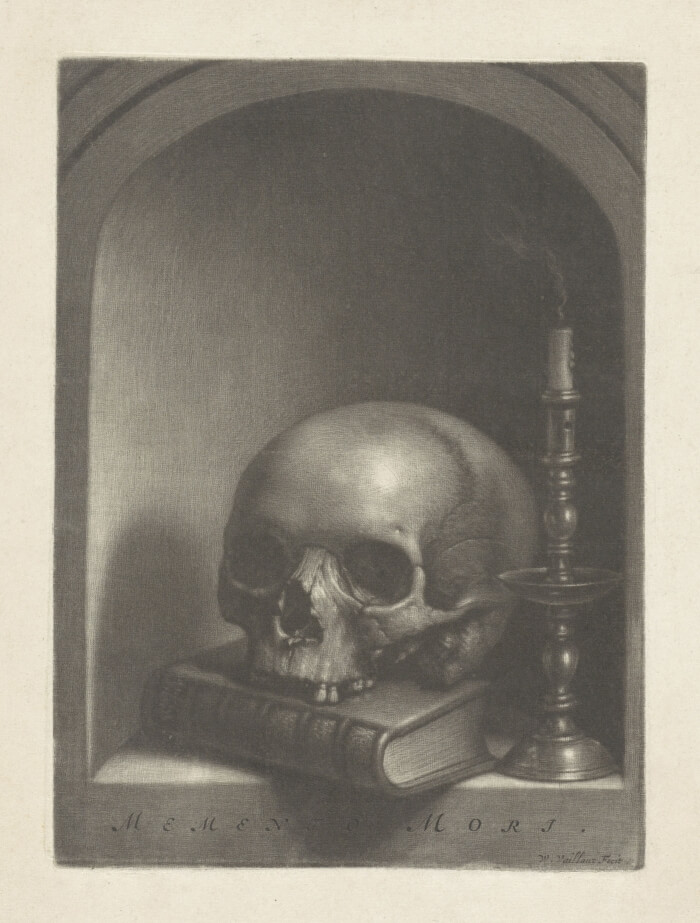
Judgment, then, is often associated with All Souls’ Day, as it highlights that every person will be held accountable for their misdeeds but also shown mercy according to their merits. We must all stand before the Eternal Judge once we die.
Therefore, the possibility of heaven comes into play with All Saints’ Day, as it presents the happiness of a merciful outcome.
Finally, hell seems most applicable to the first day of the triduum and, as such, has played a major role in the more controversial side of Halloween.
Lesson #1: Halloween and the Danger of Hell
Many occult and secular influences have attached themselves to Halloween in the present era, but it is essential to point out that the day’s roots are not based in the satanic, as is often believed. The gory and demonic have never been part of the heart of the holiday, for it is not a celebration of evil or the macabre, but rather a solemn observance of the supernatural workings of Divine Providence.
Fear, a longstanding theme of Halloween, actually does have a part to play in our spiritual lives. The road to eternity is a dangerous one. While faithful Christians are taught to place all their hope and trust in Christ, a healthy sobriety ought to be maintained towards our own spiritual journey. On Halloween we encounter many images of ghosts and dark creatures and find our thoughts turning to the mystery of the unknown, but the beauty of this unusual celebration is this: the memorable characters tied to All Hallows’ Eve give us a glimpse of our part in the redemption story.
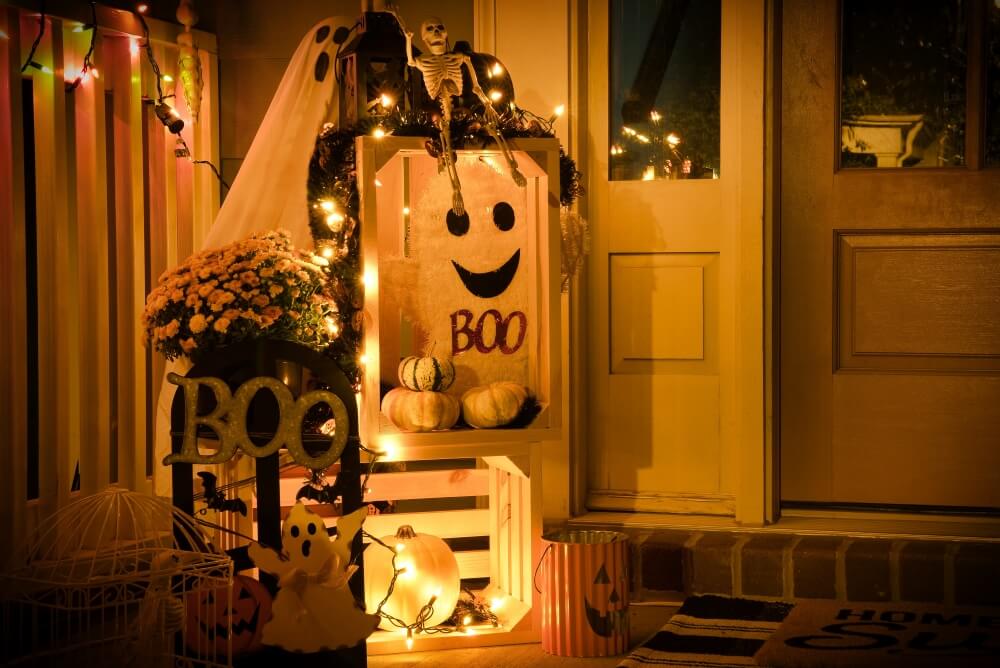
Skeletons, bones, and skulls represent our mortality; the overarching reason for the season. Jack-o-lanterns remind us of the existence of the departed souls. Ghosts serve as a warning that we, the living, must mend our ways. Monsters, witches, and devils all embody spiritual pitfalls to be avoided. Bats and spiders take on the role of physical dangers and reinforce the theme of fear. In this earthbound life, there truly are things to be wary of: creatures that wish us harm and imperil our path to heaven. Above all, Halloween highlights the fear of joining the damned.
Lesson #2: All Saints’ Day and the Hope of Heaven
The feast of All Hallows is a day of jubilation. It allows those of us still on earth to partake in a very small way in the joys of heaven. This special solemnity allows us to thank the saints (especially personal patrons) for their intercession and to honor the souls who have finally been released from purgatory and now enjoy the company of the Almighty. Fr. Francis Weiser, author of The Holyday Book, aptly explains the purpose of this grand day:
The purpose of the feast is twofold. As the prayer of the Mass states, “the merits of all the saints are venerated in common by this one celebration,” because a very large number of martyrs and other saints could not be accorded the honor of a special festival since the days of the year would not suffice for all these individual celebrations. The second purpose was given by Pope Urban IV: Any negligence, omission, and irreverence committed in the celebration of the saints’ feasts throughout the year is to be atoned for by the faithful, and thus due honor may still be offered to these saints.
We are reminded that, following the fall of man, the gates of heaven were barred to every human soul. Through Christ’s death and Resurrection the gates of heaven are now open to us. All Saints’ Day, then, is a celebration of what was once impossible. By holding festivities in their honor, we offer congratulations to these blessed ones for their cooperation with the will of God and the eternal reward they received.
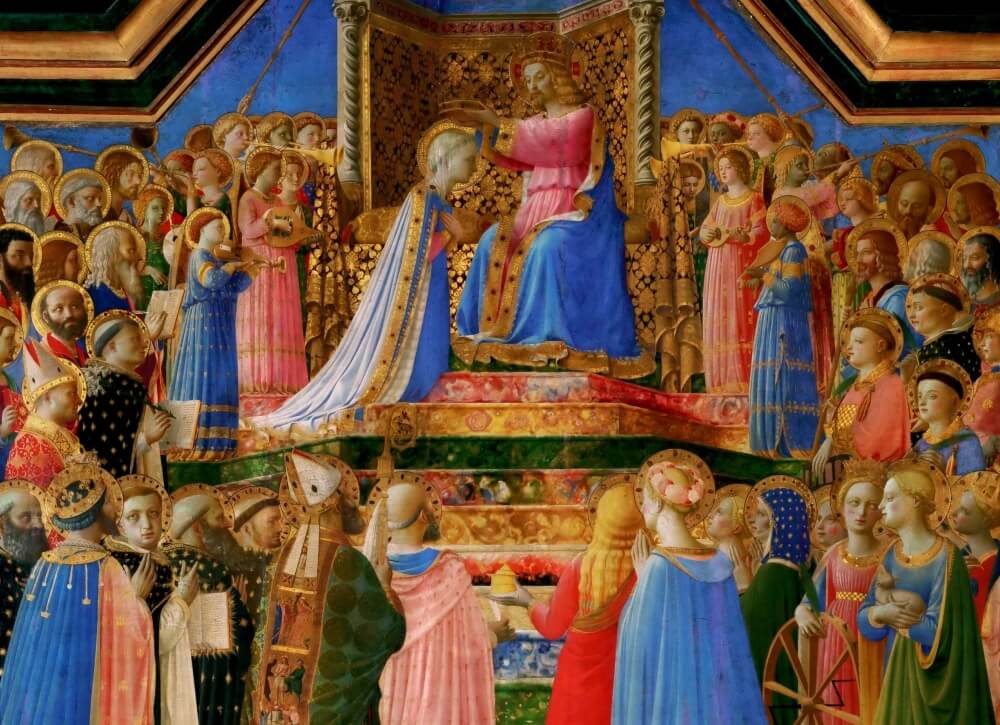
The Catholic Church reinforces the concept that we are all part of the Church by declaring All Saints’ Day a holy day of obligation. Without a doubt, we should take this as a sign that there is a place in heaven for all of God’s children, should we follow the example of the saints. It is fitting, then, that we publicly acknowledge their heroic virtues before our Creator at the Holy Sacrifice of the Mass. In this way we are witnessing the Communion of Saints firsthand.
While their souls live on in eternal joy, it is up to us to ensure that the saints’ memory lives on here below. The stories of their lives can inspire deeper faith. As Catholics it is our duty to revere them as models of excellence, for they faithfully accomplished their God-given tasks in this world. This is something that we can emulate, as they too were fellow humans who found friendship with Christ Himself.
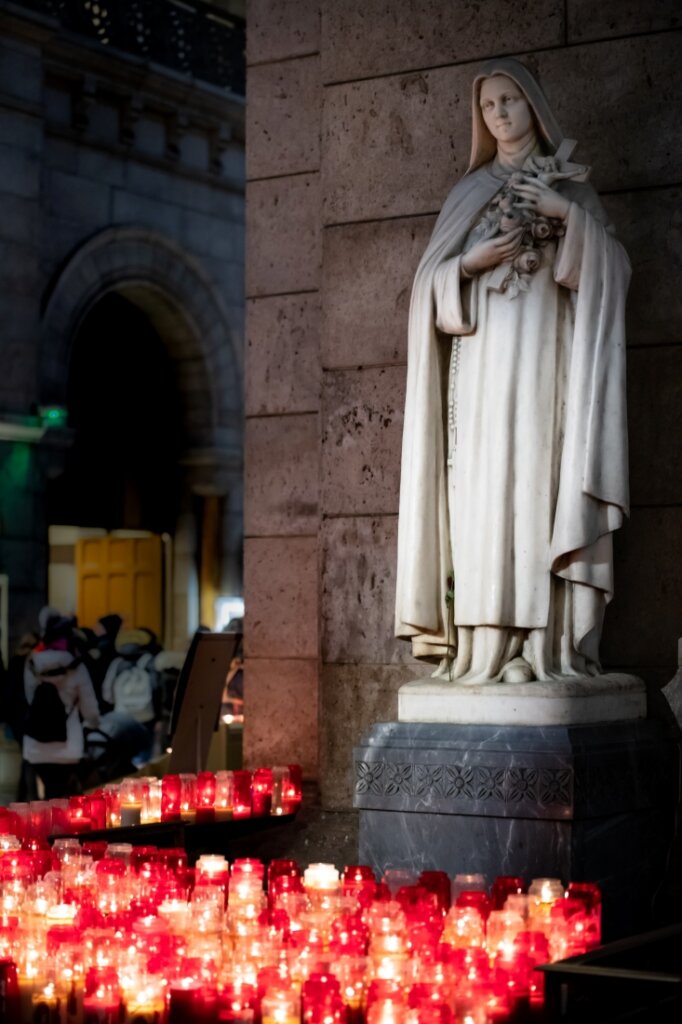
Fortunately, there is no shortage of examples to choose from, as these were men and women of all ages and from every walk of life. Have you ever wondered why you might have a particular interest in a particular saint over others? There is a likely explanation for this. Perhaps it is a sliver of divine inspiration—the particular saint(s) we feel drawn to may be the key to assisting us in our journey to heaven. We pay tribute to these patron saints for attaining the kingdom of God, knowing also that they are capable of directly helping the rest of us better prepare for our own coming deaths in the hope that we may also enjoy everlasting life. This must be our goal on earth.
Lesson #3: All Souls’ Day and the Reality of Death
The final day of the triduum, All Souls’ Day, brings us back down to earth, in a way, and the pending task at hand. The joys of heaven, still fresh in our minds, spur us on to achieve holiness. We remember again, memento mori, “remember your death.”
It is a time to offer prayers and sacrifices for the dead who have yet to reach heaven. The concept of dying becomes more personal for us when we become aware that the soul of someone we knew in this life could be suffering and in need of our help.
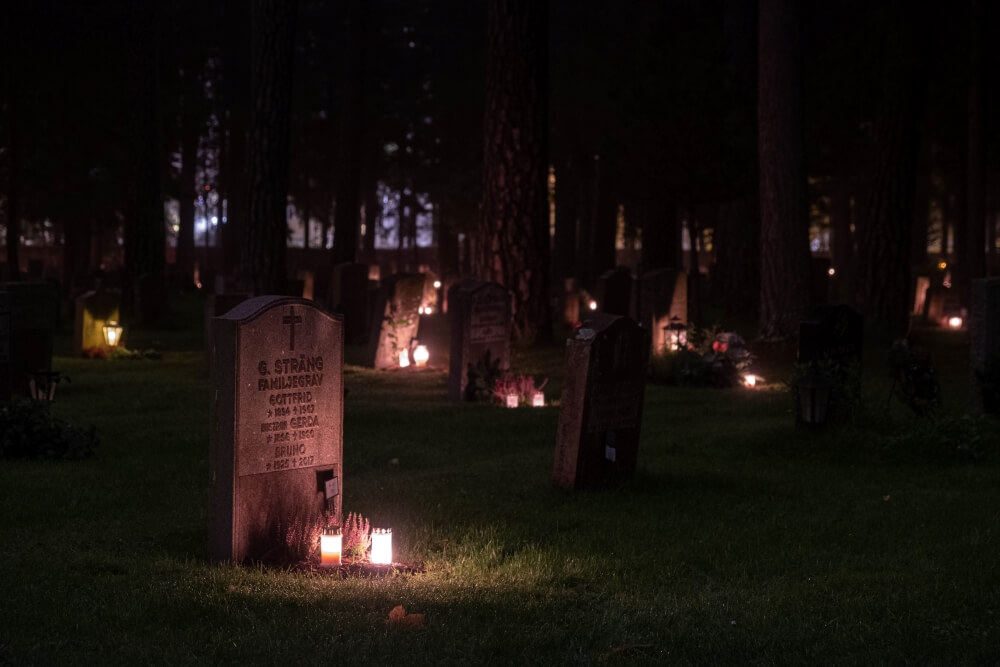
Strangely enough, it is through this heartfelt sentiment that the most enduring and perhaps endearing symbol of the Allhallowtide season was born: the jack-o-lantern.
The ancient Celtic peoples were said to have hollowed out turnips, large beets, or other root vegetables and placed inside a lit coal as a makeshift lantern. These lanterns were then placed outside homes to frighten away evil spirits so that residents and the souls of deceased relatives who might visit would not be disturbed.
Once the good news of the Gospel spread, many of the customs remained, but were reborn with new purpose. In the light of Christianity, the homegrown lanterns became handmade votive lights to remember the souls of the faithful departed. The flame within symbolizes the light of God’s grace, that it might shine perpetually on the members of the family, living and dead. Accompanying prayers were said for the deceased to receive the mercy of God and avoid the snares of Satan.
Once the Irish and Scottish immigrants reached the shores of America, the pumpkin served as an easier and perhaps more dramatic means of continuing an old, but wholesome tradition. They accentuate the natural instinct we have to protect the ones we love—even after death. These glowing gourds remain as significant and powerful reminders that there is more to the season than meets the eye.
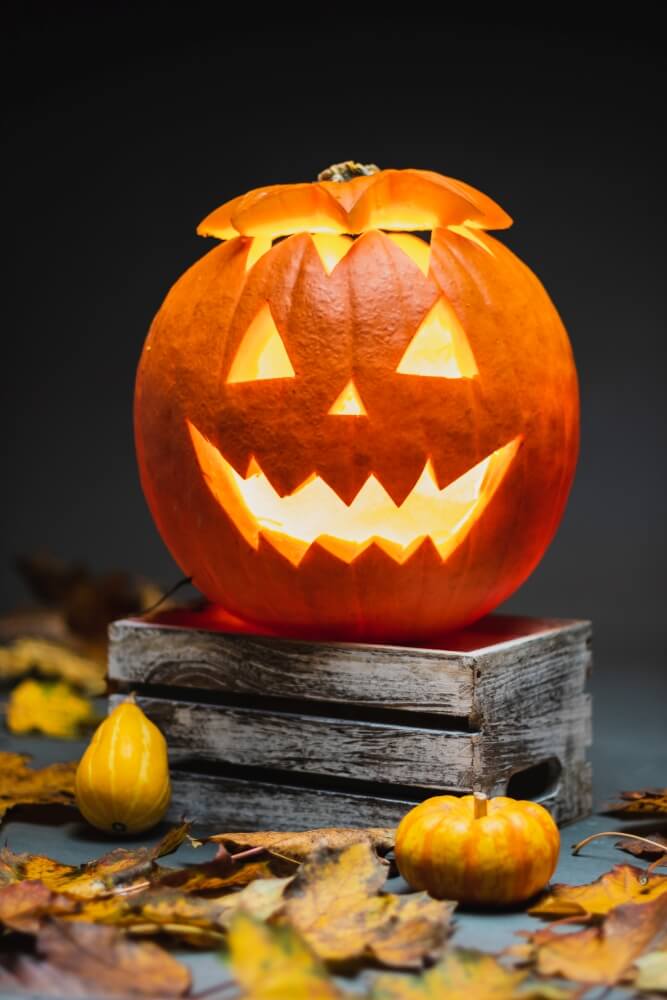
We understand that the poor souls cannot alleviate their own punishments and are resigned to suffer purifying fires until reparation is made for their sins. They rely solely on the mercy of God and the prayers, sacrifices, and good works performed by the living on their behalf to shorten their sentence. Historical apparitions of “ghosts” have often, though not always, turned out to be souls still serving out their sentence in purgatory (for actual accounts of these occurrences, see a reliable source such as Good Catholic’s Angels & the Supernatural series or the popular book Hungry Souls).
For this reason, we should not banish all depictions of wispy ghosts, tall tombstones, and bony skeletons from our front lawns, so long as they ensure that our own mortality and the souls in purgatory stay in the forefront of our minds. These odd decorations absolutely have a place in our lives, as they are relevant to our own journey to the grave. Even non-Christians visit cemeteries and see the value in paying respect to those who have gone before us. We should remember the suffering souls in our prayers, most especially those who have been forgotten by everyone else. Surely if we help them, they will one day return the favor. It is part of the wondrous mission of the Church that it takes a communal effort to ensure that all members become future saints.
The Grim Reaper might threaten us and the forces of evil try to scare us, but heaven tells us to fear not, for God is with us all and has already conquered the darkness. We are made to be with Him. Halloween should not overshadow the feasts of All Saints and All Souls as the secular world promotes, nor should it be cast off as many well-meaning Christians encourage. It is part of a cohesive whole where even pumpkins, skulls, and ghosts have a real purpose: to remind us that the beatific vision is our goal, and that until we achieve it, the work of saving souls, especially our own, is not yet finished.
